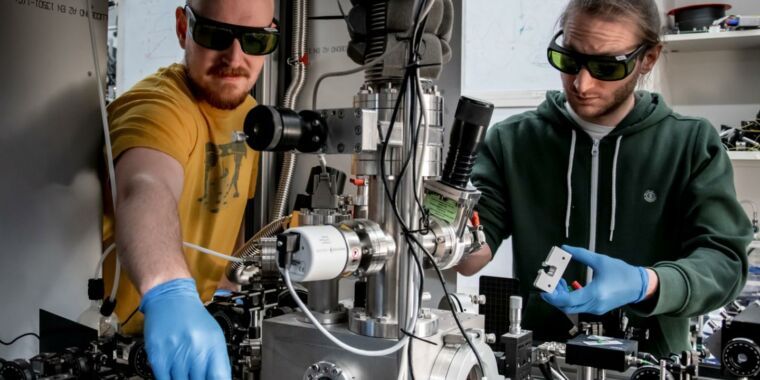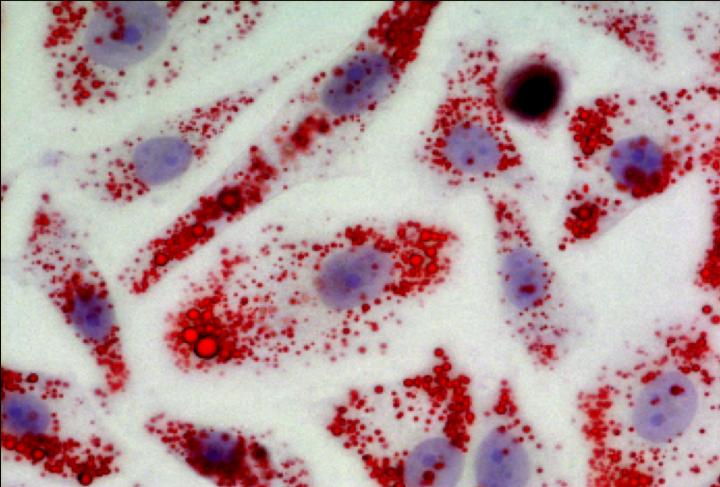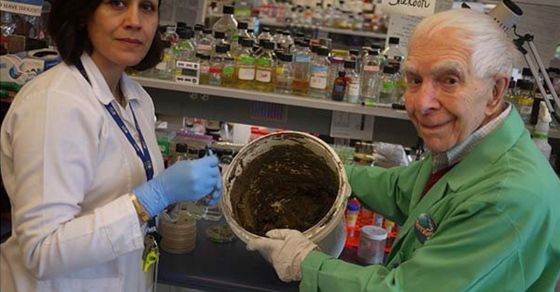Page 7647
Jan 31, 2020
Higgs mode and its decay in a two-dimensional antiferromagnet
Posted by Quinn Sena in categories: mapping, particle physics, quantum physics
Essentially the higgs mode is like a developer mode for materials and even physics by itself. It could make metals that are as light as a feather but essentially as strong as a universe. It could make essentially near infinitely strong metals that could be put on spaceships to handle all manners of energy blasts. Even weird things could happen where like even changing dimension al physics of areas. Essentially a near cartoon like physics or even prove the existence of the stranger things dimension really happened. Even keep out other dimensions from entering our universe. Even controlling the universe itself by healing it. Essentially like it could allow the monitor from halo kinda developer mode to modify gravity or all variables or even bring new variables into the dimension.
Condensed-matter analogues of the Higgs boson in particle physics allow insights into its behaviour in different symmetries and dimensionalities1. Evidence for the Higgs mode has been reported in a number of different settings, including ultracold atomic gases2, disordered superconductors3, and dimerized quantum magnets4. However, decay processes of the Higgs mode (which are eminently important in particle physics) have not yet been studied in condensed matter due to the lack of a suitable material system coupled to a direct experimental probe. A quantitative understanding of these processes is particularly important for low-dimensional systems, where the Higgs mode decays rapidly and has remained elusive to most experimental probes. Here, we discover and study the Higgs mode in a two-dimensional antiferromagnet using spin-polarized inelastic neutron scattering. Our spin-wave spectra of Ca2RuO4 directly reveal a well-defined, dispersive Higgs mode, which quickly decays into transverse Goldstone modes at the antiferromagnetic ordering wavevector. Through a complete mapping of the transverse modes in the reciprocal space, we uniquely specify the minimal model Hamiltonian and describe the decay process. We thus establish a novel condensed-matter platform for research on the dynamics of the Higgs mode.
Jan 31, 2020
AI-designed drug to enter human clinical trial for first time
Posted by Brent Ellman in categories: biotech/medical, robotics/AI
A drug molecule invented entirely by artificial intelligence is set to enter human clinical trials for the first time, marking a critical milestone for the role of machine learning in medicine.
The new compound, which has been designed to treat patients with obsessive-compulsive disorder, was developed by Oxford-based AI start-up Exscientia in collaboration with the Japanese pharmaceutical firm Sumitomo Dainippon Pharma.
In a sharp acceleration of the typical path to drug development, which can take about four and a half years, the AI-designed compound reached the point of entering clinical trials within just 12 months.
Jan 31, 2020
Artificial Intelligence Will Do What We Ask. That’s a Problem
Posted by Amnon H. Eden in categories: information science, robotics/AI
YouTube’s “next video” is a profit-maximizing recommendation system, an A.I. selecting increasingly ‘engaging’ videos. And that’s the problem.
“Computer scientists and users began noticing that YouTube’s algorithm seemed to achieve its goal by recommending increasingly extreme and conspiratorial content. One researcher reported that after she viewed footage of Donald Trump campaign rallies, YouTube next offered her videos featuring “white supremacist rants, Holocaust denials and other disturbing content.” The algorithm’s upping-the-ante approach went beyond politics, she said: “Videos about vegetarianism led to videos about veganism. Videos about jogging led to videos about running ultramarathons.” As a result, research suggests, YouTube’s algorithm has been helping to polarize and radicalize people and spread misinformation, just to keep us watching.”
By teaching machines to understand our true desires, one scientist hopes to avoid the potentially disastrous consequences of having them do what we command.
Continue reading “Artificial Intelligence Will Do What We Ask. That’s a Problem” »
Jan 31, 2020
‘There’s no doubt’: Top US infectious disease doctor says Wuhan coronavirus can spread even when people have no symptoms
Posted by Mike Diverde in category: biotech/medical
People without ANY symptoms can spread Wuhan Coronavirus.
The nation’s top infectious disease doctor says a new study published Thursday night shows people can spread the Wuhan coronavirus before symptoms set in.
German researchers found that the virus was transmitted by people without symptoms in five instances in one cluster of people: from a parent to a daughter; from that daughter to two colleagues; and from one of those colleagues to two other coworkers.
Jan 31, 2020
Longevity expert says these are the foods you must eat to add years to your life
Posted by Paul Battista in categories: food, life extension
I am against much in this article… What say Ye??? AEWR.
Sergey Young has dedicated his assets, network connections and global research community toward developing scientifically proven longevity habits.
Olivier Feron, a University of Louvain researcher, studies how cancer spreads through the body via metastasis. His major discovery was that cancer cells multiply by using lipids as food. His latest discovery, published in the scientific journal Nature Communications, is that lipid storage promotes cancer invasiveness. A new drug currently being tested to treat obesity may also help fight metastasis.
Jan 31, 2020
In Taos, a community of ‘voluntary anarchists’ is taking off-the-grid living to the next level
Posted by Quinn Sena in category: futurism
The community at Earthship Biotecture wants to teach you how to live sustainably, one earth-rammed tire and discarded bottle at a time.
Jan 31, 2020
US Defense Department launches Gremlins drone from a mothership for the first time
Posted by Quinn Sena in category: drones
Jan 31, 2020
Rare clay used by B.C. aboriginals found to kill antibiotic-resistant bacteria
Posted by Nare Khachatryan in category: biotech/medical
VANCOUVER — Researchers at the University of British Columbia have confirmed that a rare clay used as medicine by aboriginals in B.C. contains antibacterial properties that could be used to to treat antibiotic-resistant bacteria.
Some 400 kilometres north of Vancouver, on the Heiltsuk First Nation’s traditional territory, sits a 400-million kilogram deposit of glacial clay in Kisameet Bay that scientists believe was formed near the end of the last Ice Age, approximately 10,000 years ago.
The grey-green clay, known as Kisolite, has been used for centuries by the Heiltsuk First Nations to treat a range of ailments including ulcerative colitis, arthritis, neuritis, phlebitis, skin irritation, and burns. Locals also use the clay for eczema, acne and psoriasis.


















